Rome Day 3
Ciao~
I must admit, for all of my determination to do a post every day while in Rome, I have been outdone by the lack of internet access and TIME. Trying to write a post after spending all day, and night, out enjoying Roman life has certainly hindered my good intentions. BUT, I am now back in Rome after spending 4 days out in the country, so I will now backtrack to bring everyone up to speed, hopefully, day by day!
After spending a wonderful day yesterday, Saturday, shopping the market with Viviana, today is now the time to cook our purchases! Viviana arrived around 12:00n and we started the cooking lesson ~ she, la professoressa, and me, il suo studente! We were aiming for lunch around 1:30p, the standard time for lunch in Italy.
Our lesson started with a dish of endive and anchovies (the Italian word for “anchovies” is “acciughe,” but the Roman word for “anchovies” is “alici”—pronounced “ah-LEE-she” in Roman accent or “ah-LEE-chee” in a standard Italian accent. Fun, huh?!) This is an ancient Jewish dish she learned from friends that lived in the Jewish ghetto, neighborhood, of Rome.
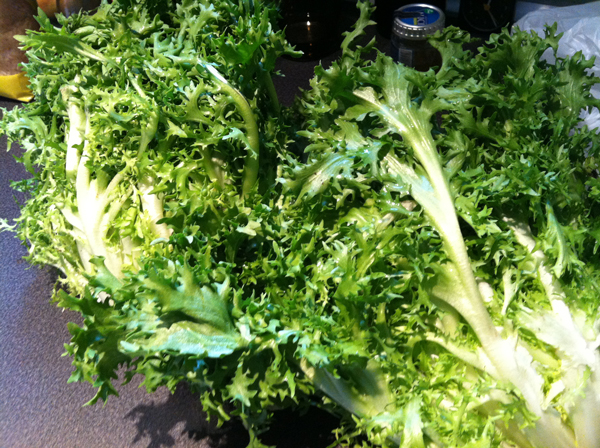
The dish starts with curly endive, which the Italians call "indivia." Washed, with the thicker stems ends broken off, it should be patted dry with paper towels.
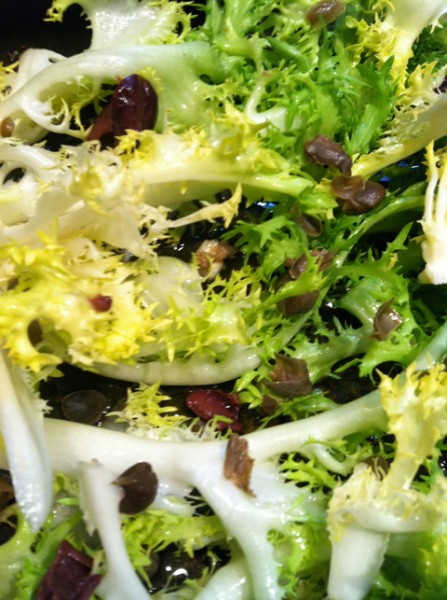
The dried indivia was then topped with diced capers, dark Italian olives, minced garlic, ground black pepper and a drizzle of olive oil.
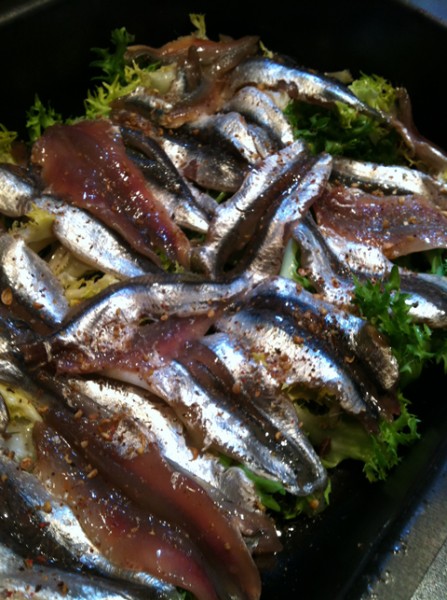
The alici were then placed on top of the indivia and seasoned again with the capers, olives, oil, pepper and garlic. The layers were repeated: indivia, alici, seasoning, indivia, alici, seasoning, until the baking dish was full.
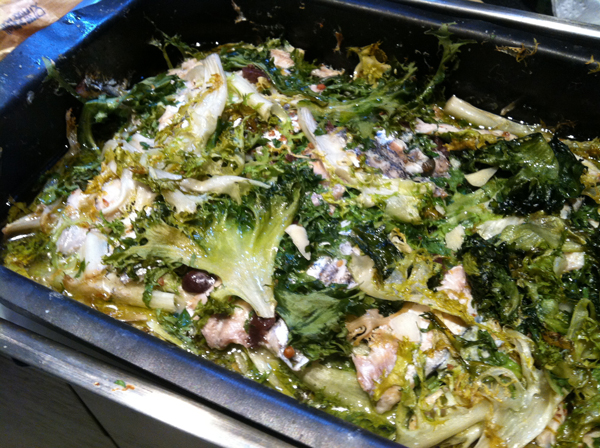
Baked in a 350-degree oven for about 40 minutes, until the anchovies were cooked and the indivia had wilted.
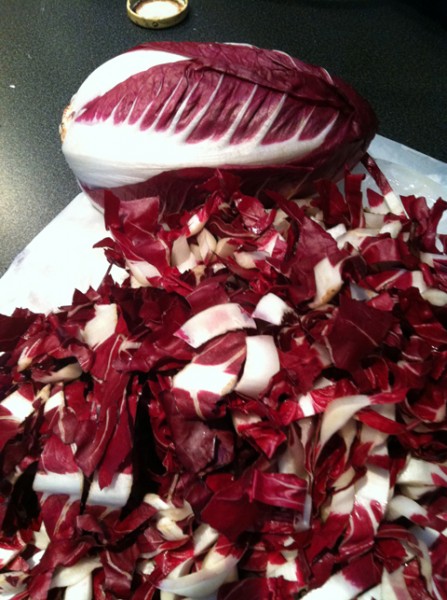
While the Alici and Indivia baked, Viviana started the risotto by chopping Treviso radicchio, the oblong variety.
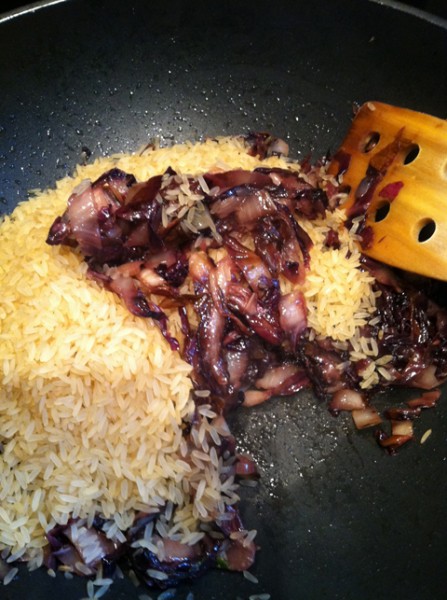
Rice, "riso," was added to the radicchio. If making this at home, you should use a rice specifically for risotto: Superfino, Arborio, Carnaroli (my favorite), Vialone Nano (Nonna's favorite), and there are many others. Viviana used a "parboiled" Superfino ... I'm not sure we have that particular kind readily available in most US markets.
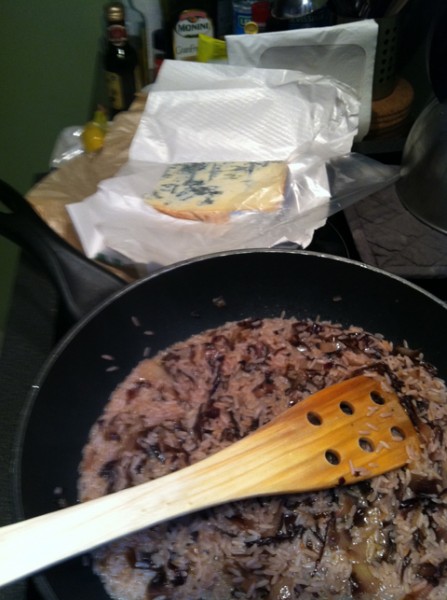
Hot water was added to the riso/radicchio mixture and it was allowed to cook until the water was absorbed, stirring occasionally.
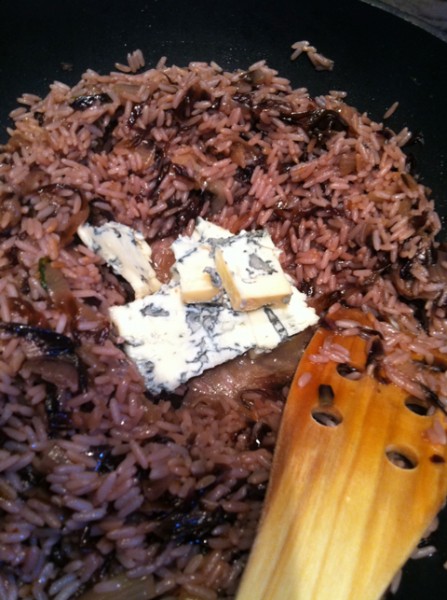
When the risotto was almost done, meaning the rice kernels were almost tender, Gorgonzola cheese was added. Viviana used "piccante" Gorgonzola instead of "Dolce" or "sweet" Gorgonzola. "Piccante" Gorgonzola has more of a "bite" to it. Don't think of "piccante" as "hot," think of it as "sharp."
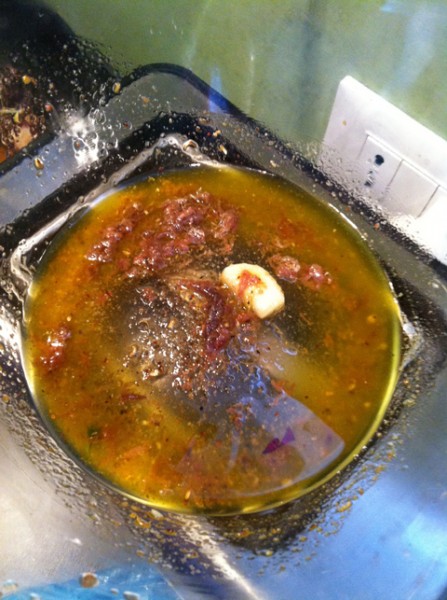
While the risotto was cooking, we made a salad dressing of Olive oil, garlic, anchovies and ground pepper to dress the puntarelle ~a "green" very particular to Rome. In some ways, it reminds me of celery, "crunchy," but to say that is the flavor, too, would be misleading. If you are ever in Rome, I suggest you order "Puntarelle" if you see it on a menu. If you like Caesar salad, you will adore "Puntarelle."
Viviana is vegetarian, so our lunch was going to be on the “green” side of the menu—which I enjoy. A meal does not always have to be “meat and potatoes,” as I was raised in the Midwest. Here we started with the “Radicchio & Gorgonzola Risotto”—in Italy, pasta or risotto is always the first course. That was followed by the “Baked Anchovies and Indivia” as the “Meat/Fish” coarse. The salad course usually follows next, so the “Puntarelle” was served.
And for dessert ~ Viviana made 2 “ice creams” at her home before coming over to teach me how to prepare lunch. Sorry, but there are no pictures of her using her Mickey Mouse ice cream maker—I really wish I could have seen that! She insisted that they were not gelati, because she had used cream and not milk to make them.
The strawberry was made with fresh berries and for the lemon, Viviana used lemon peel, pine nuts and chopped basil. Basil and mint are related in the same herb family, so the next time you think of adding mint to fresh berries, might I suggest using basil instead. It is a wonderful flavor to use in something sweet!
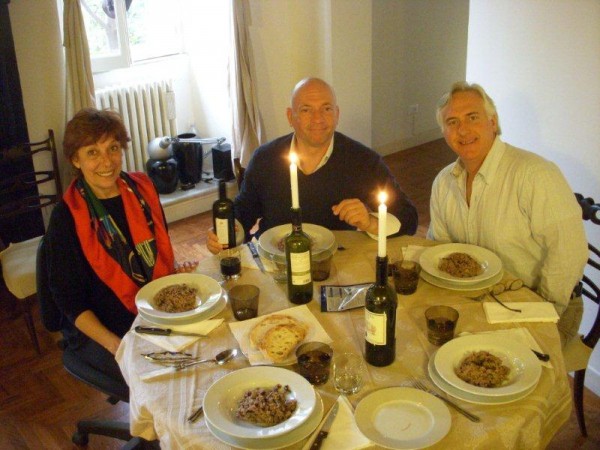
Our lunch went on and on ... wine, conversation, more wine, more conversation! It was a wonderful afternoon of food and "family" gathered around the table.
Later in the evening we went to a concert at the Episcopal church here in Rome: Saint Paul’s Within the Walls.
It is a beautiful church and they were hosting a Mozart and Beethoven concert.
The orchestra was absolutely flawless and I must say that the Beethoven was truly incredible. Churches used to be the concert halls of the community and I can see why—the sound inside a church is fantastic. I highly recommend you check out Nova Amadeus if you happen to be in Rome. They are worth hearing!
This was my Sunday—great home cooking, wonderful conversation around the table and an evening symphonic concert in an historic church in Rome. I suggest the next time you go on a vacation, you try to live a little like the locals do … shop the markets, cook at “home” and take in some of the local music scene. I think you’ll find your life as enriched, if not more, by those experiences than by standing in line to see the usual tourist sights.
Buon Appetito~
Mark

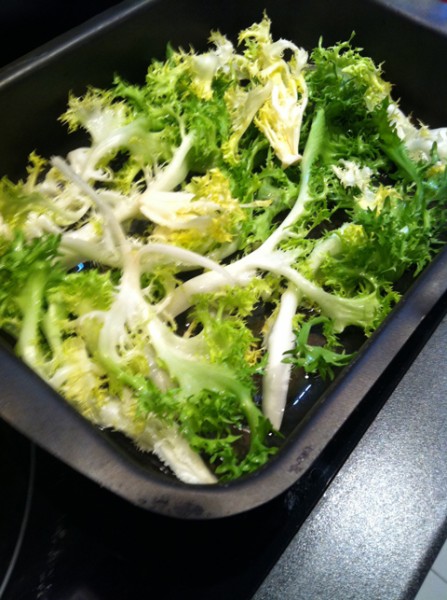
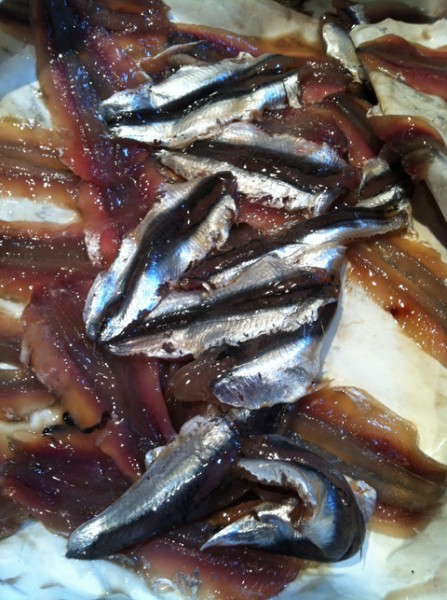
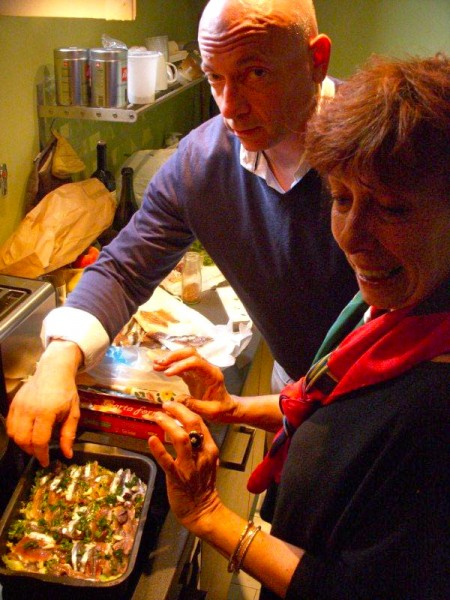
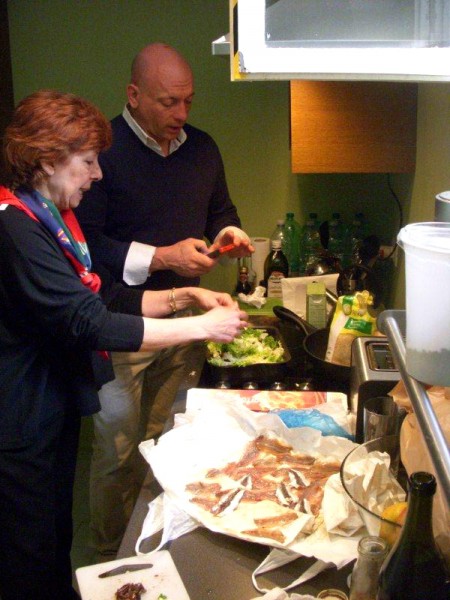
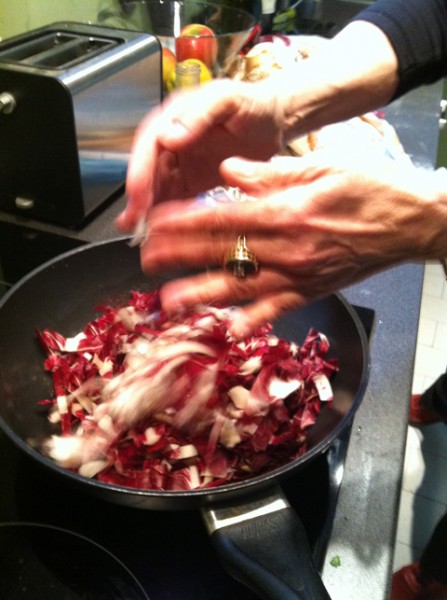
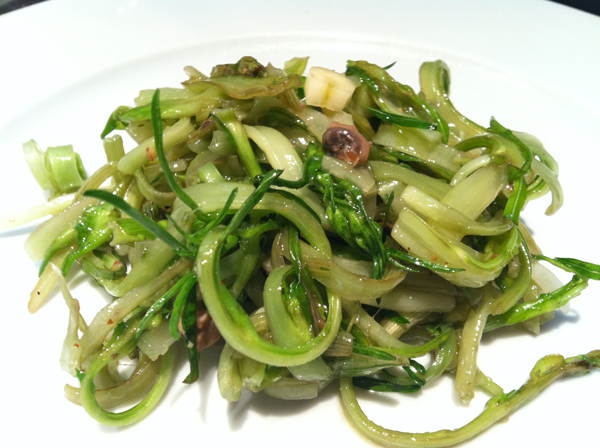
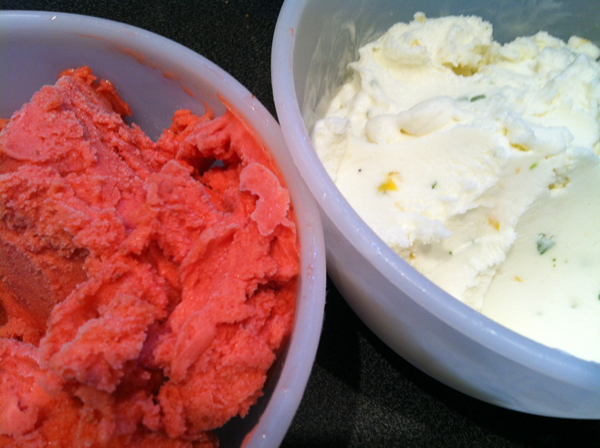
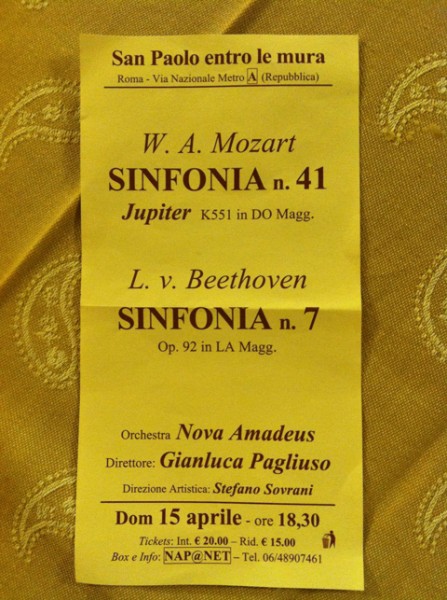

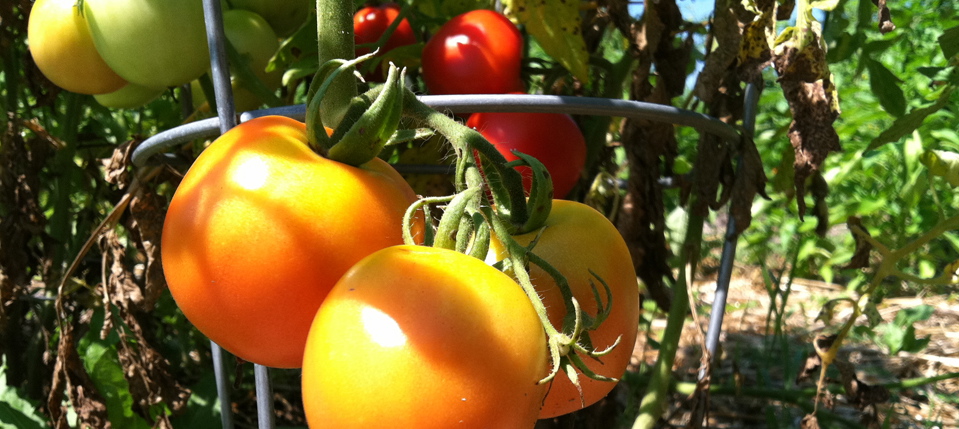

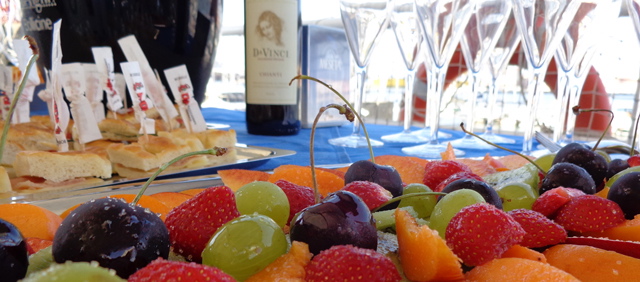
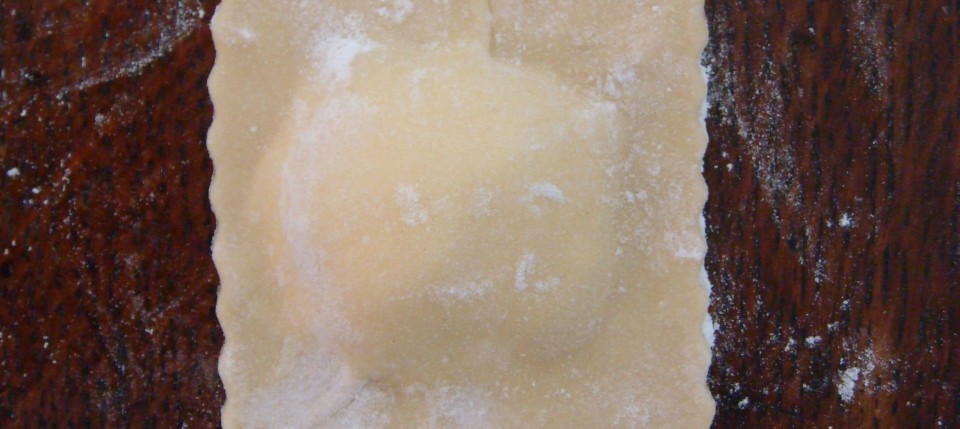





Wow it all looks delicious Mark. I particularly like the look of the lemon, pine nut and basil icecream.
Grazie Cathy ~ It was really good, too! I hope more people will be inspired to use basil in a “sweet” way. Buon Appetito ~ Mark
Sounds like a perfect Italian Sunday Mark.
It was, it was! More “Days in Rome” to come!
Mark, I just finished reading your book, which I discovered when searching for information on Viterbo. As a librarian, I would say that this falls under the heading “serendipity”, when you search for one thing and find something else. My daughter is a junior in high school, and will be attending School Year Abroad in Viterbo, living with a family for the whole school year. She can’t wait to leave our rather insular Midwest (Wisconsin) home for Italy. Two of her older sibs attended the same program, one in China, and the other in Spain, and both came back with a newfound appreciation for the foods of those cultures…and an eagerness to make them here! There is no question but that food has been a central theme for our family, and the pleasure of sitting around the table eating and having conversation is a universal one no matter where you go. I’ve got my daughter reading your book to get some perspectives on Viterbo and living in that area with a local family.I grew up in Rhode Island, and my fondest memories are of the wonderful Italian-American gatherings of family, food, and conversation I experienced among my friends. Though not Italian, I learned to mangiare the cuisine with gusto. Even here in the shadow of Lambeau Field and the ever-present brats, booyah, and fish fries, our family enjoys Italian food. A fave is Fettucini al Vongole, and thanks to a ready supply of canned clams, we enjoy this dish often. Locally, Caffe Mario, an eponymously named small restaurant here in Green Bay is run by an Italian from Rome, who serves up wonderful and authentic Italian dishes. Simple, yet satisfying. Like Nonna’s cooking and your recipes.. I’ll enjoy following your blog. Thank you!